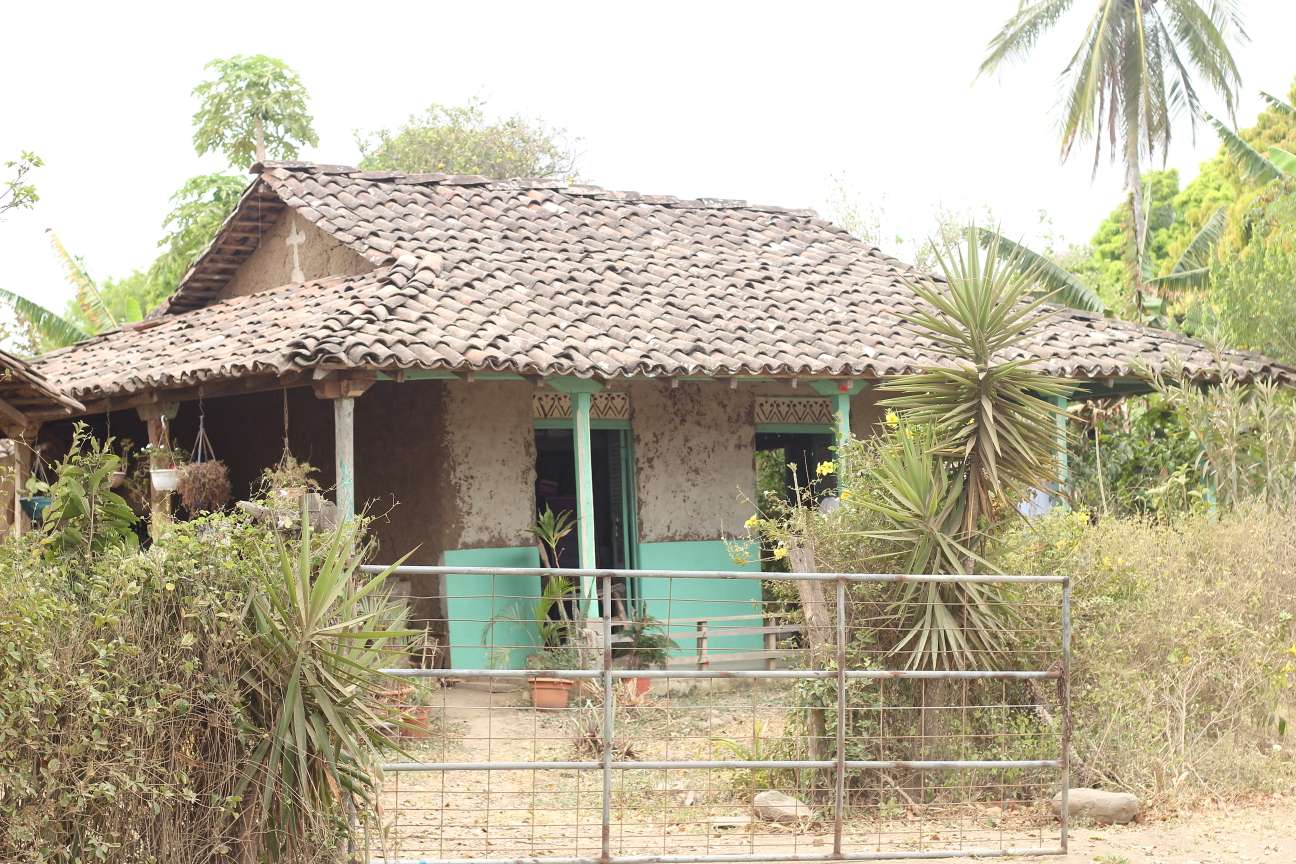From the age of four, Manuel Cordoba began to dream of building a house that represented life in the countryside of Las Tablas, the place he was born. This dream continued at the age of nine when he became interested in the family origins, and by asking his great-grandparents he learned first-hand many details about life in Las Tablas at the beginning of the 20th century. The idea grows even more when he attends high school and begins to thank about preserving historical memory and traditions, necessary for new generations to know their roots firsthand. The last stage in the gestation of this dream comes thanks to the teachings he received from professor and folklorist Bolivar de Gracia, giving him the confidence to make his dream come true in 2016 , when with his own efforts he finish building the House Museum of the Campesino Tableño (Casa Museo del Campesino Tableño).
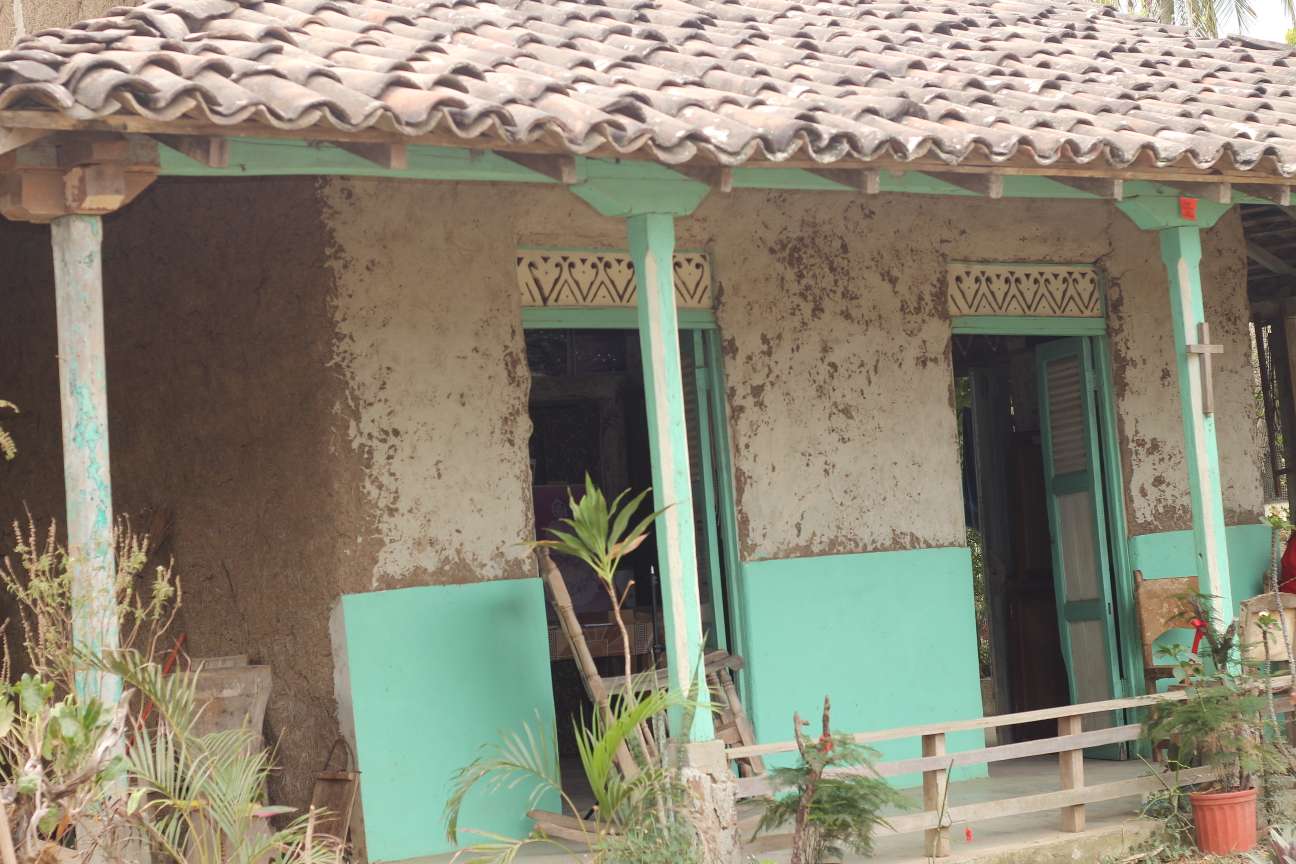
Discover the Traditions of the Countryside
Located in La Tiza de Las Tablas, this house museum offers Visitor the opportunity to be in direct contact with the traditions of the rural people. It is the opportunity to rediscover something they had forgotten, the country life and a taste for the simple but very valuable things in life. Entering this traditional quincha house and discovering the lifestyle of yesteryear is an experience like few others in Panama.
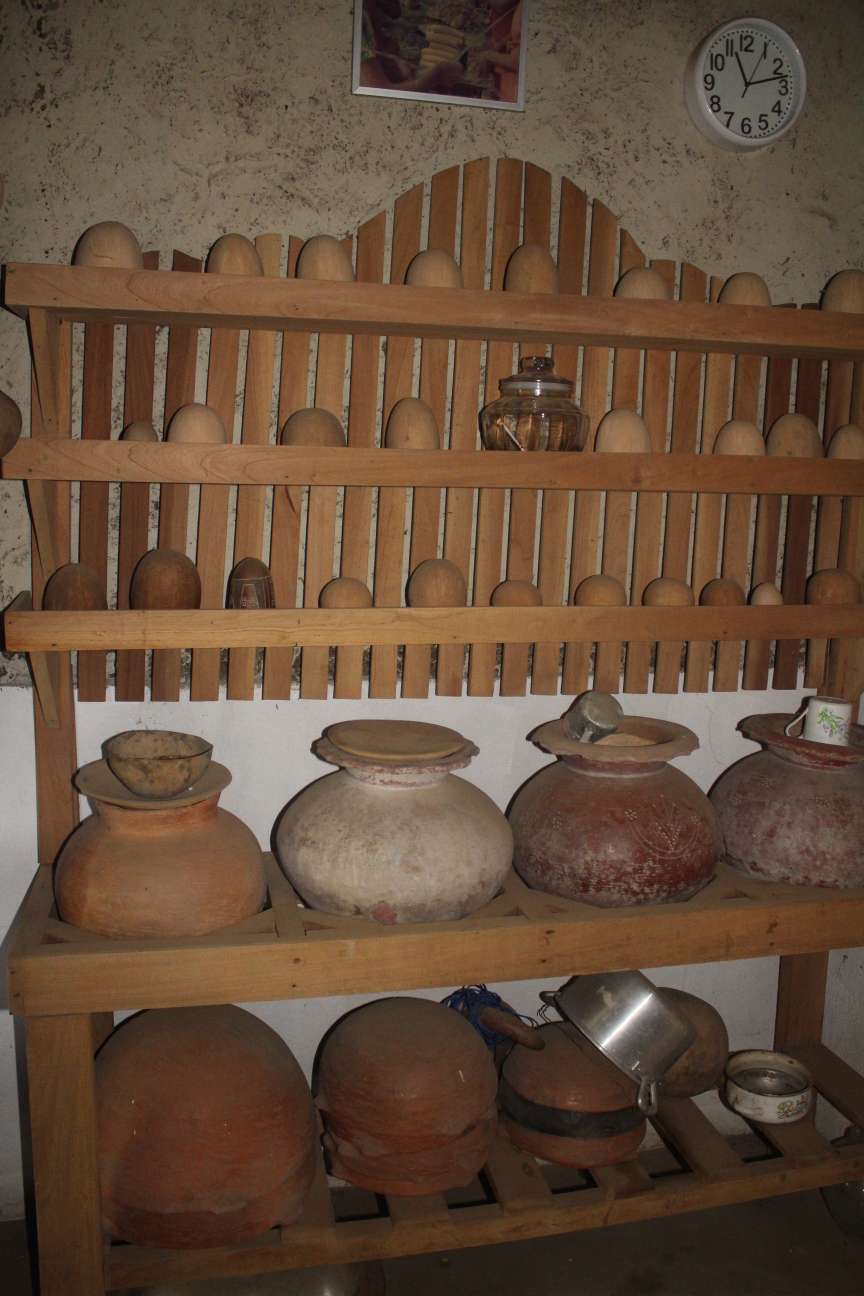
A Time Machine for the Visitor
According to its creator and founder, this place has been called the time machine, since the experience is to take a walk through the past and appreciate a large number of objects and traditions that represented the life of the peasant of Las Tablas.
Upon arriving you can see what a traditional peasant house was like and its interior decoration. Starting with the latticework that can be seen in the front portal, a skylight made of wood, an inheritance from the Moors who conquered the Iberian Peninsula hundreds of years ago and which was brought by the Spanish when they arrived in Panama. You can also appreciate the height of the ceiling, which with its particular structure allows air to circulate inside and keep the interior cool.
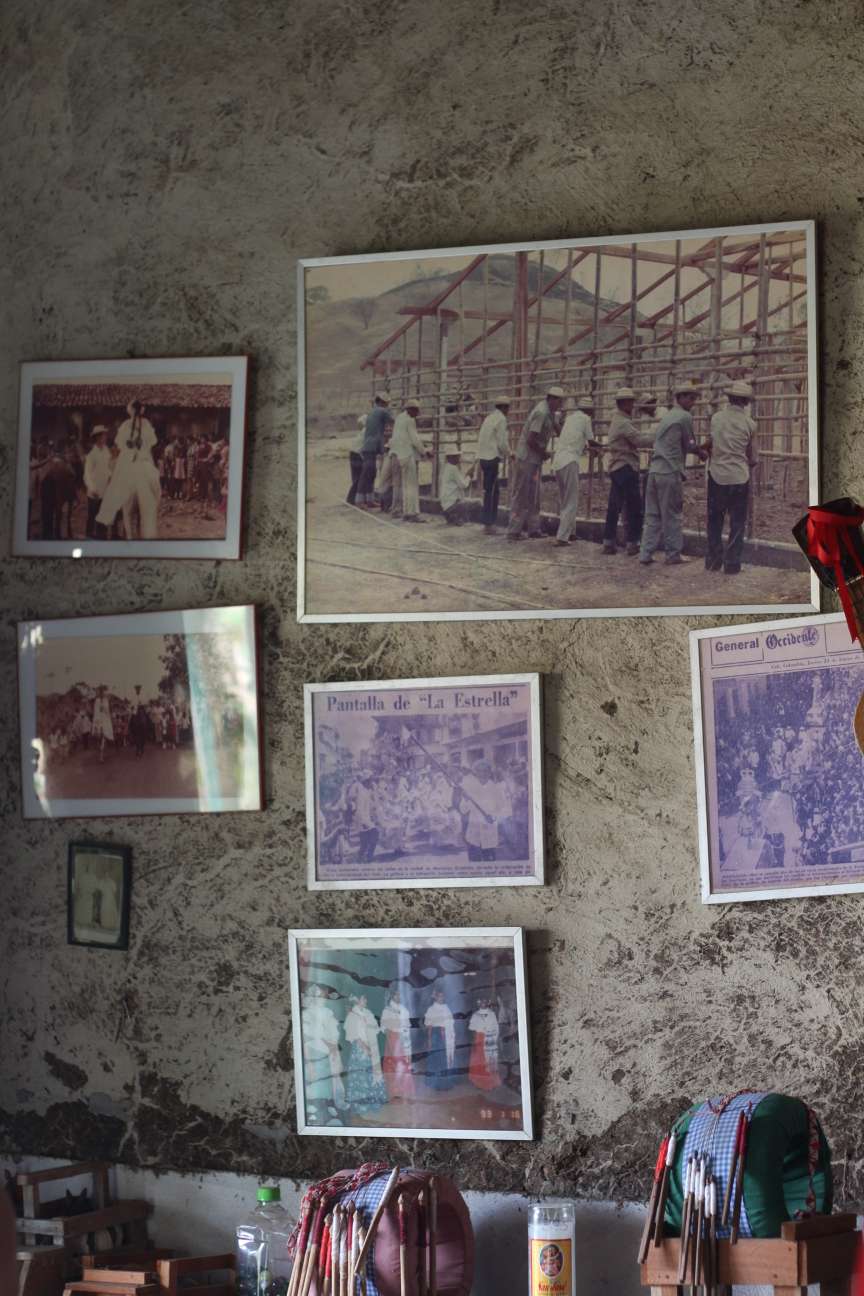
Historical Photo Exhibition
Inside, the house is full of historical photos where it is possible to see the skirts that were used when the house of culture was built in the Tiza de Las Tablas or the Embarra meetings. Also, through these portraits you can learn about the large number of outstanding musicians from Las Tablas area and other surrounding regions who managed to win important awards for their talent and outstanding work. Manuel Cordova himself is one of the great teachers of la Marjorana in the region, teaching new generations to play and sing along this traditional string instrument.
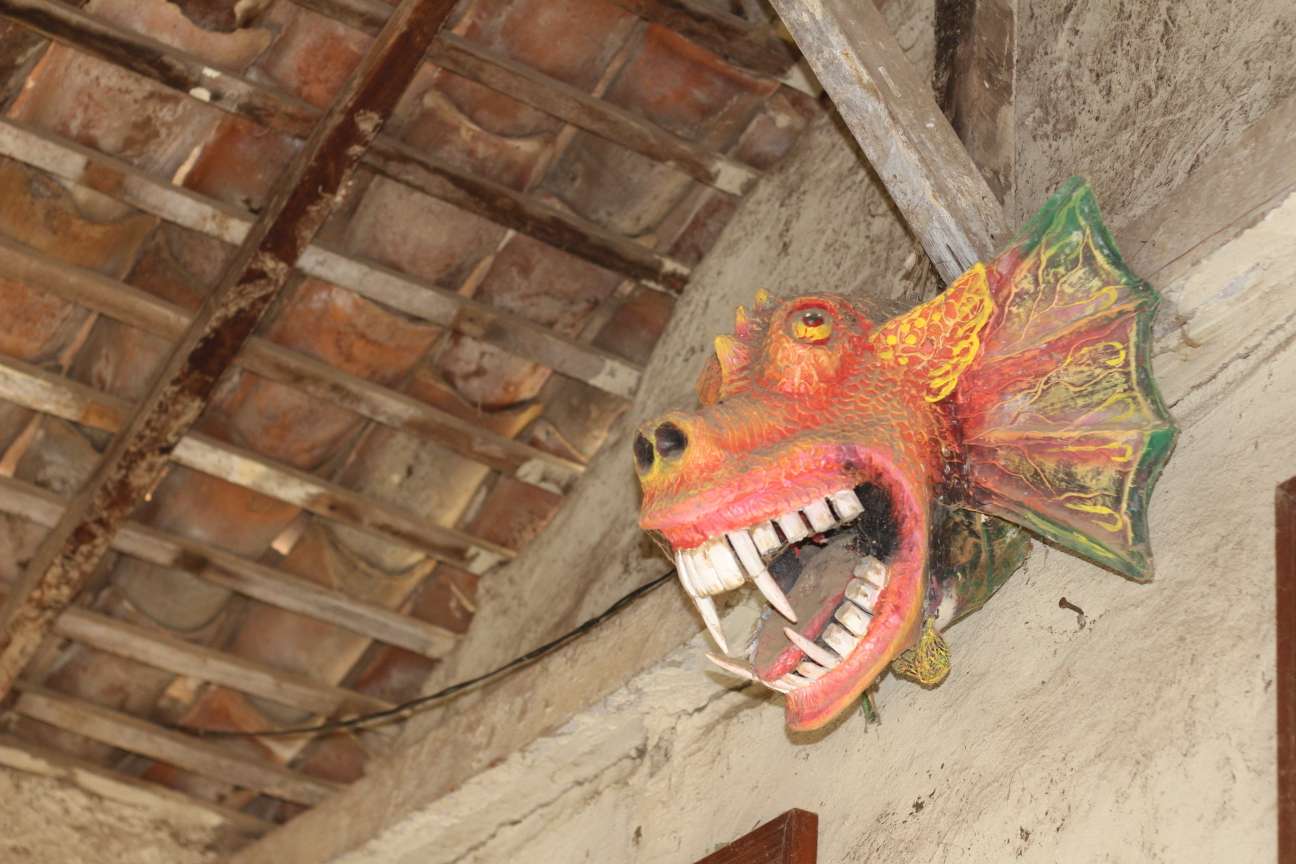
Discover Elements of Great Cultural Value
During the visit it is possible to see musical instruments such as la Mejorana, as well as men’s clothing accessories such as the chacara (traditional bag woven from plant fibers). Another surprise is that when you go out to one of the portals that surrounds the house you can see la pollera skirt hanging and sunbathing, just as it was done when it was washed by hand. A curious way to carefully see each of the details of this dress, the most beautiful in Panama.
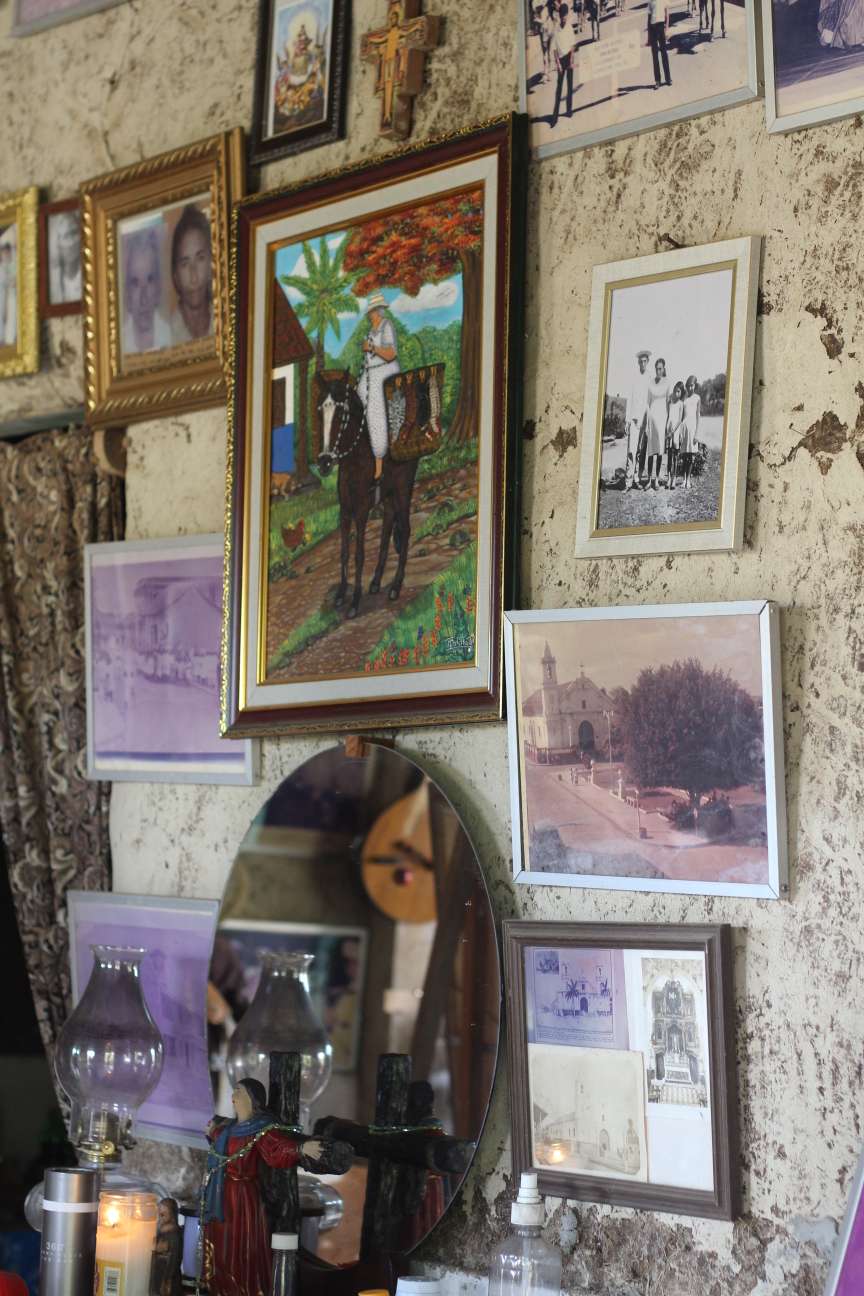
Learn How Cutarras are Made
In this House Museum it is also possible to learn everything about how cutarras are made, a type of sandal made of leather and handcrafted. Today many farmers continue to use it.
This and much more can be discovered when visiting this unique and different place, a place to learn and give value to the traditions of the Panamanian people of the countryside. For visits, Monday to Saturday from 9:00 a.m. to 5:00 p.m.,Celphone: 6647-4595, Email: casamuseodelcampesinotableno@gmail.com
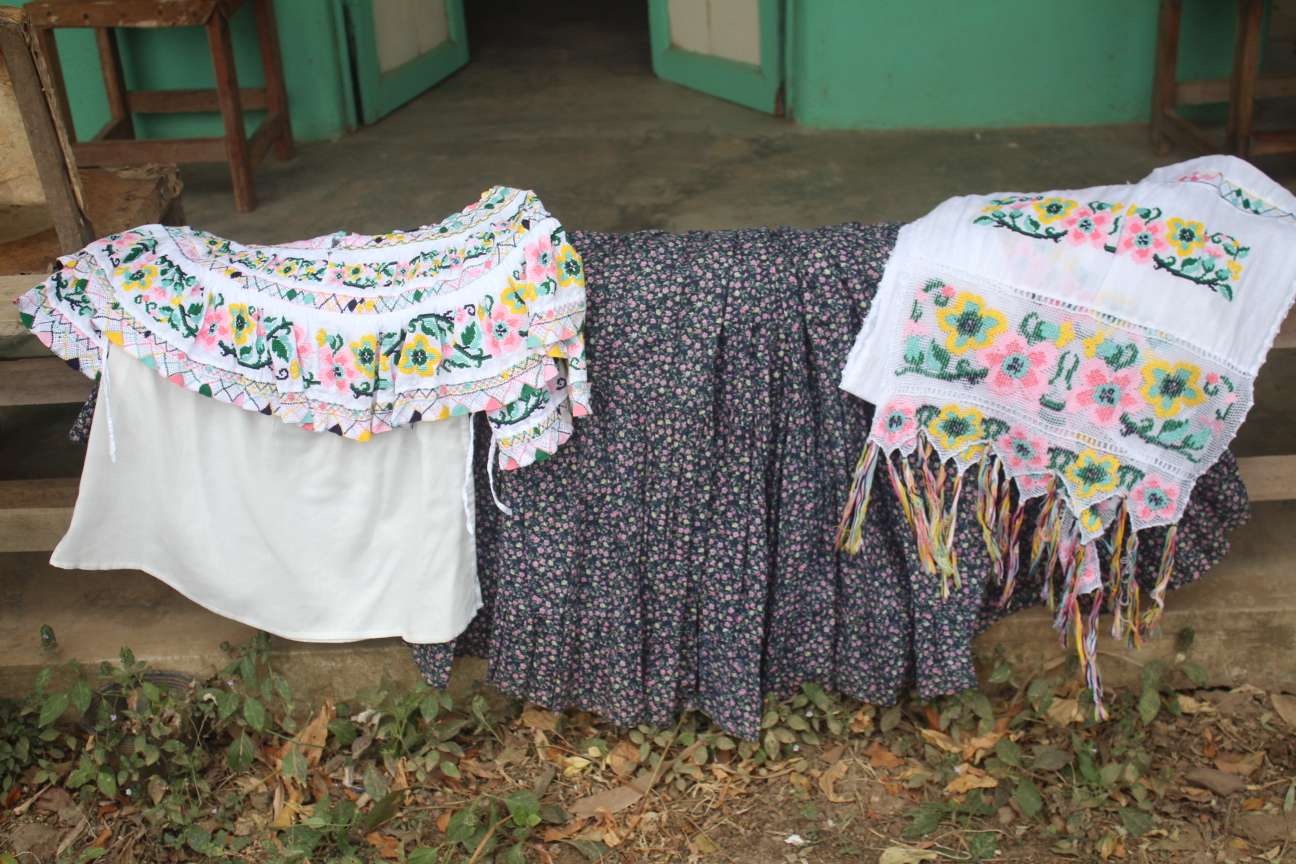
Photos courtesy: Las Tablas Panama Tours


